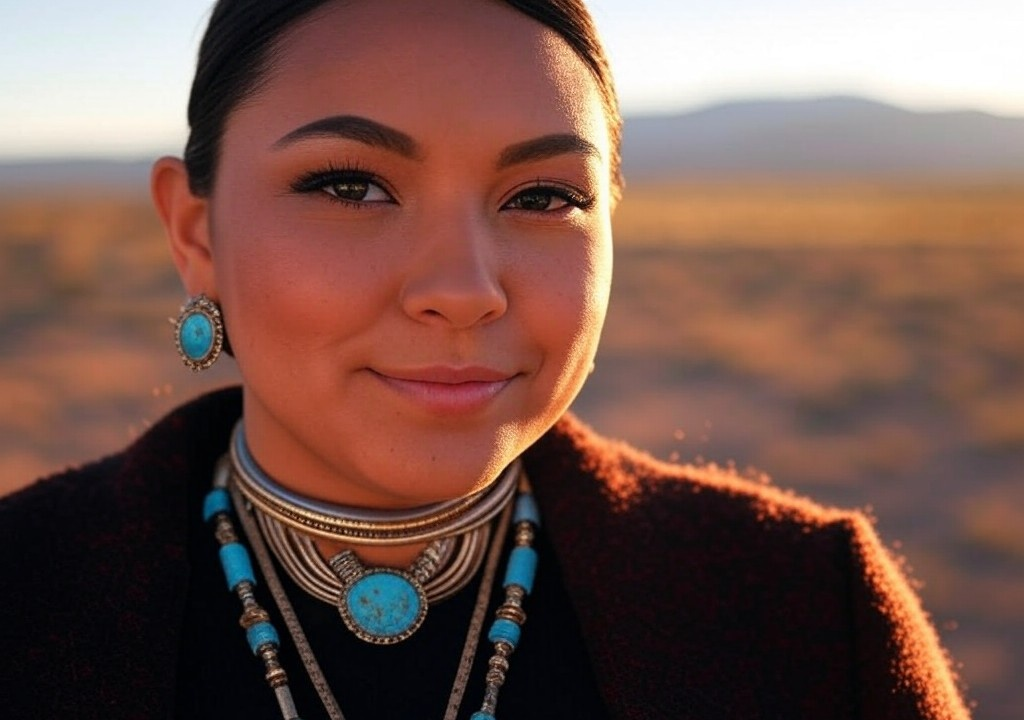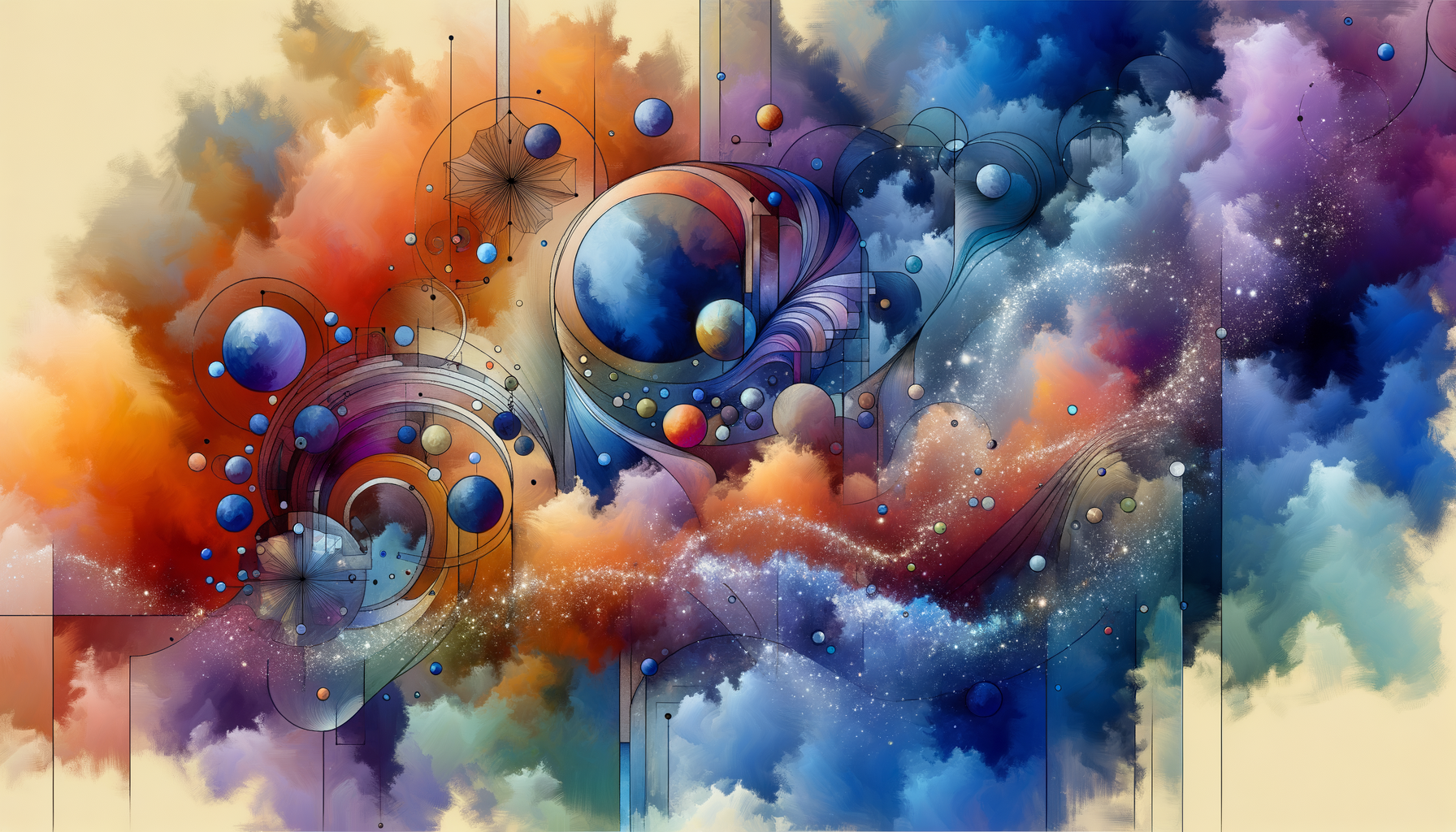Living Between Worlds
The (Delicate) Art of Straddling Two Realities
If you’ve ever had to explain fry bread to your quinoa-loving coworkers one day and field an elder’s request to pick cedar for an upcoming ceremony the next, you probably know what it’s like to live between worlds. Duality is my everyday reality: part-reservation girl with a deep love for the land and part-Portland millennial who knows far too much about third-wave coffee and kombucha. Let’s just say I’ve mastered the art of switching between explaining clan systems to someone and then navigating the enigma that is Trader Joe’s parking lot wars.
But duality isn’t just geographic. It shapes who we are in relationships, the way we approach our identities, and how we connect with others. For me, navigating cultural duality has taught me a lot about love, self-discovery, and embracing the adventure of living an in-between life.
When Traditions Date (or Clash With) Modernity
Here’s a fun exercise: navigate dating while honoring your roots. Go ahead, try to explain to a potential partner why walking counterclockwise in a Hogan might deeply offend your parents without making it sound like a Buzzfeed listicle on "quirky cultural taboos."
I learned the hard way that introducing someone new to your world often feels like training a baby goose to wade into water—equal parts delicate and slightly chaotic. On one dinner date (a hip, industrial-style taco bar, naturally), a guy I’d been seeing asked, “So, are like, spirit animals a real thing?” while I struggled not to over-salt my margarita with tears of secondhand embarrassment. He wasn’t malicious, but his attempt at curiosity landed somewhere between clueless and a Walking Wikipedia stereotype. Lesson learned: before the third date, I casually workshop what I call my “101 Guide to Dating a Four-Corners Girl.”
Still, there’s beauty, hilarity even, in watching two realities collide. When I brought someone back to the rez during a small family gathering, the poor guy panicked after misunderstanding a passing comment about “making sure he fed the drum.” He stared wide-eyed at the actual powwow drum like it might grow teeth and bite him. It took the whole family to explain what he’d heard (and no, it wasn’t literal). To his credit, he stuck around through the teasing, which taught me this: the right people will lean in, even when the world you show them feels unfamiliar.
The Balancing Act of Belonging
Love between worlds comes down to balance. Being both “too much” and “not enough” for either space can feel like juggling flaming bowling pins on a unicycle. You’re constantly fielding questions like, “But do you, like, feel fully Navajo living off the rez?” followed almost immediately by, “But how can you be a city person if you grew up so rural?” Friends, let the record show: I can make acorn stew and a mean oat-milk latte—impressive, right?
When it comes to relationships, this complex dance shows up everywhere. One partner thought spending time on the reservation was what she’d call “romantic escapism,” as if my sun-soaked community only existed to serve her eat-pray-love aesthetic. And yet, I’ve also dated people so terrified of saying the wrong thing about my culture that conversations felt like navigating a minefield. Hint: neither approach works. The sweet spot is somewhere in the middle—a place where curiosity meets humility, where questions are welcome but assumptions go out the window.
Three Lessons for Love in the Middle Ground
Living between cultures has taught me plenty about love—most of it messy, all of it meaningful. While I don’t claim to have all the answers (because who does?), I’ve picked up a few truths that might just resonate if you’re also straddling worlds in your relationships.
-
Own Your Narrative. Duality becomes so much easier when you stop apologizing for it. Imagine trying to shrink down Navajo traditional values, Portland quirkiness, and a deep love of indie bookstores into a five-second “about me” section. Exhausting, right? Instead of over-simplifying, be bold about what makes you you. Sure, someone might side-eye your Powwow playlist coupled with a Fleet Foxes vinyl collection—but that’s on them.
-
Be a Teacher (But Set Boundaries). It’s okay to teach your partner about your culture, but don’t let it become a one-sided class on Cultural Awareness 101. Your identity isn’t a syllabus, and it’s not your job to fix someone’s misconceptions. Go ahead, share the stories, traditions, and values that matter—but draw the line at Googling on their behalf.
-
Have Fun With the Melding. Bringing two worlds together can feel overwhelming, but don’t overlook the joy in it. I’ll never forget the time I introduced a past partner to mutton stew, on a reservation road trip. Watching his cautious first bite turn into seconds made me feel seen, validated even; meanwhile, his introduction to artisan cheese boards at a winery finally taught me how to differentiate Gouda from Brie without a cheat sheet. In small, silly ways, the worlds clicked.
Duality Isn't a Burden—It's a Superpower
Living between two realities isn’t for the faint of heart. But it’s also something none of us should trade, because it turns you into a bridge for connection. You learn to adapt, to empathize, and to let people meet you halfway. When dating or loving someone, the “halfway” looks different: it’s every shared laugh over cultural differences, every open-hearted conversation that expands both of your worlds, every attempt at making sense of each other’s biggest truths.
So, to everyone navigating between spaces, whether it’s cultural, personal, or professional: you’re not alone. You’re writing your own story, one sentence, one memory, one connection at a time. It might take a little extra patience—or a lot if someone asks about “spirit animals” again—but it’s worth it. Love, after all, isn’t about fitting into one world or the other. It’s about making space for all the parts of you that are worth celebrating. And trust me, those parts? They’re endless.




















